People are discovering that the black cables stretching across roads are pneumatic tubes used for tracking traffic patterns and flow.
Many drivers have noticed the black cables stretching across roads, but their purpose often remains a mystery.
These cables are not just ordinary wires; they serve a specific function in road management and traffic monitoring.
Understanding their role can help drivers appreciate the technology working behind the scenes to ensure smoother traffic flow.
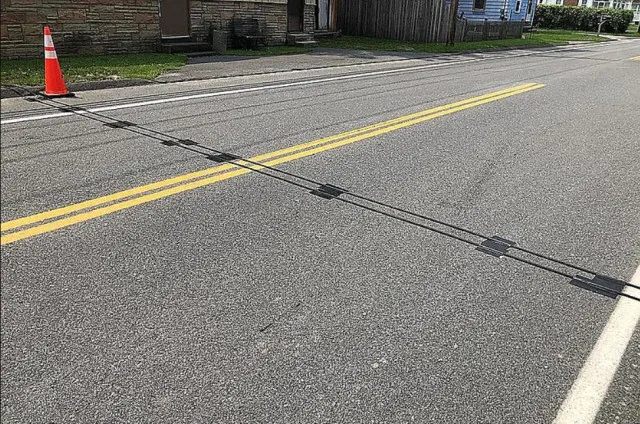
What are these black cables?
The black cables you see on the roads are known as pneumatic road tubes.
They are portable traffic counters used primarily by local transportation agencies.
Their main purpose is to collect data about vehicle traffic patterns.
With thousands of these tubes installed across various locations, they provide vital information that helps in planning and developing road systems.
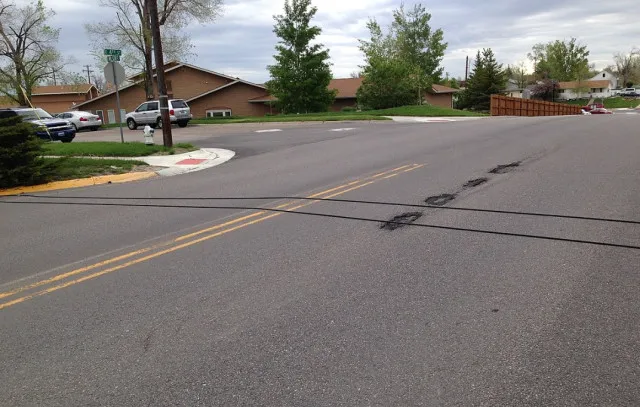
How do these black cables work?
The mechanism behind these tubes Is quite simple yet effective.
Each tube is made from durable rubber and is sensitive to pressure.
When a vehicle drives over a tube, the weight of the tires compresses the tube, creating a burst of air.
This air pressure triggers an electrical signal that is recorded by a counter device.
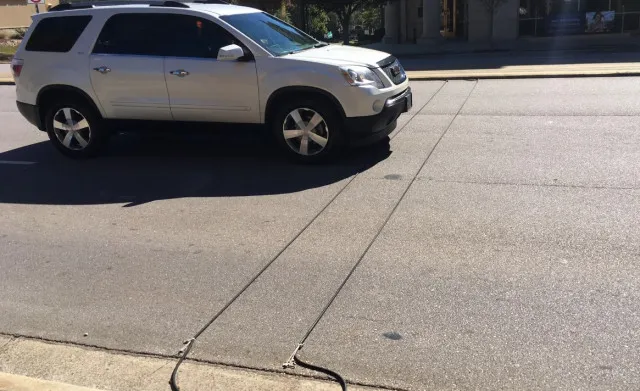
Transportation agencies analyze the data collected by these tubes to understand how many vehicles pass through a specific point on the road during a given timeframe.
By studying the intervals between air bursts, they can determine peak traffic times and congestion levels.
These black cables not only count vehicles but also provide more information.
While the primary function of these tubes is to count vehicles, they provide even more information.
When used in pairs, they can gather data on vehicle speed, direction, and class.
This detailed information is helpful for making informed decisions about road signage, speed limits, and budgeting for transportation projects.
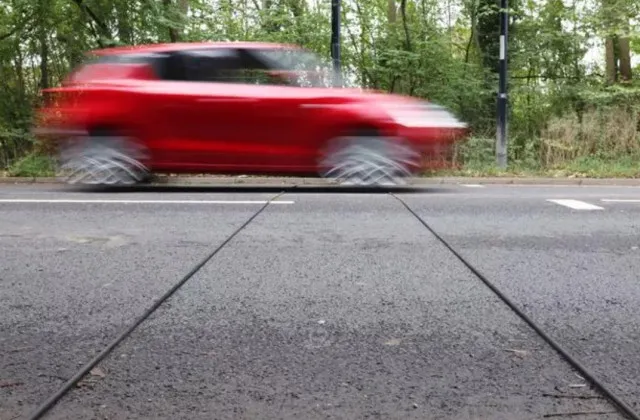
For instance, if a city notices high traffic on a road but lacks proper signage, they can use data from these tubes.
This data helps justify installing new signs or traffic lights to improve road safety and efficiency.
This ensures that the road remains safe and efficient for all users.
These tubes can be installed in both temporary and permanent ways
These road tubes can be set up in two ways: temporary or permanent.
Temporary installations are often used for short-term studies, lasting only a day or two.
They provide quick insights into traffic patterns for specific events or periods.
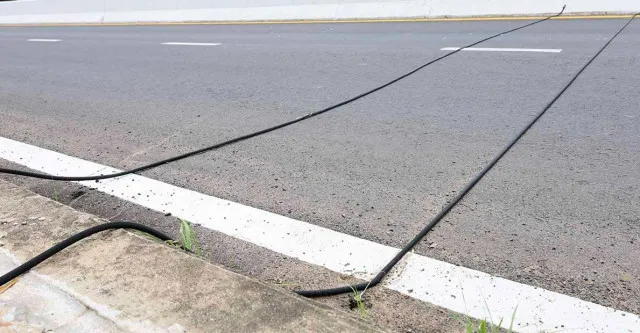
On the other hand, permanent installations are designed to monitor traffic continuously over time.
The placement of these tubes is strategic.
Transportation agencies usually install them in straight sections of the road where there is minimal interference.
This ensures the data collected is accurate and reliable.
The tubes also address community concerns.
Pneumatic road tubes also serve as tools for addressing community issues.
If residents express concerns about speeding in their neighborhood, for example, agencies may deploy these tubes to gather data.
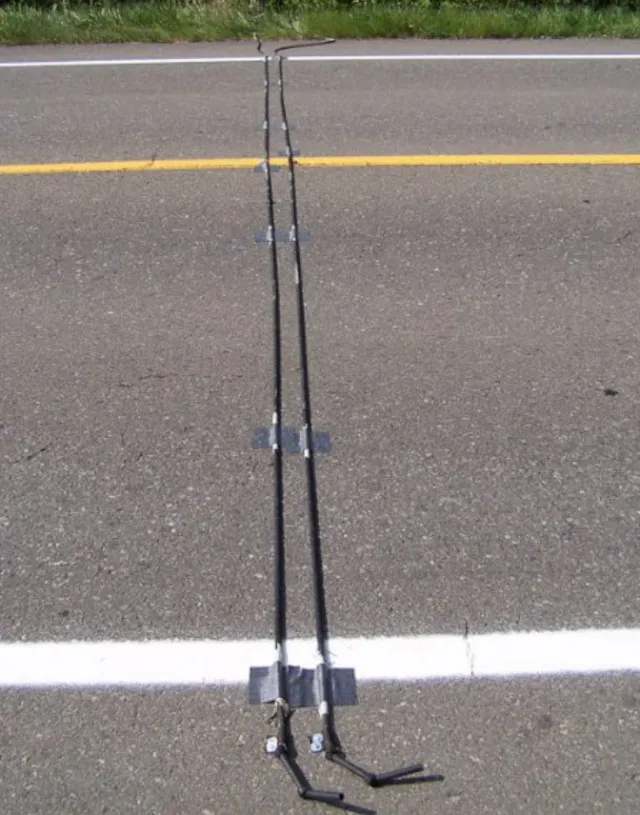
The information obtained helps validate claims and formulate solutions, such as adjusting speed limits or increasing patrols.
Collecting data plays a crucial role
The data collected by these black cables is essential for effective traffic management.
It allows agencies to make informed decisions that improve road safety and efficiency.
By understanding traffic patterns, authorities can allocate resources more effectively, ensuring that roads meet the needs of their users.